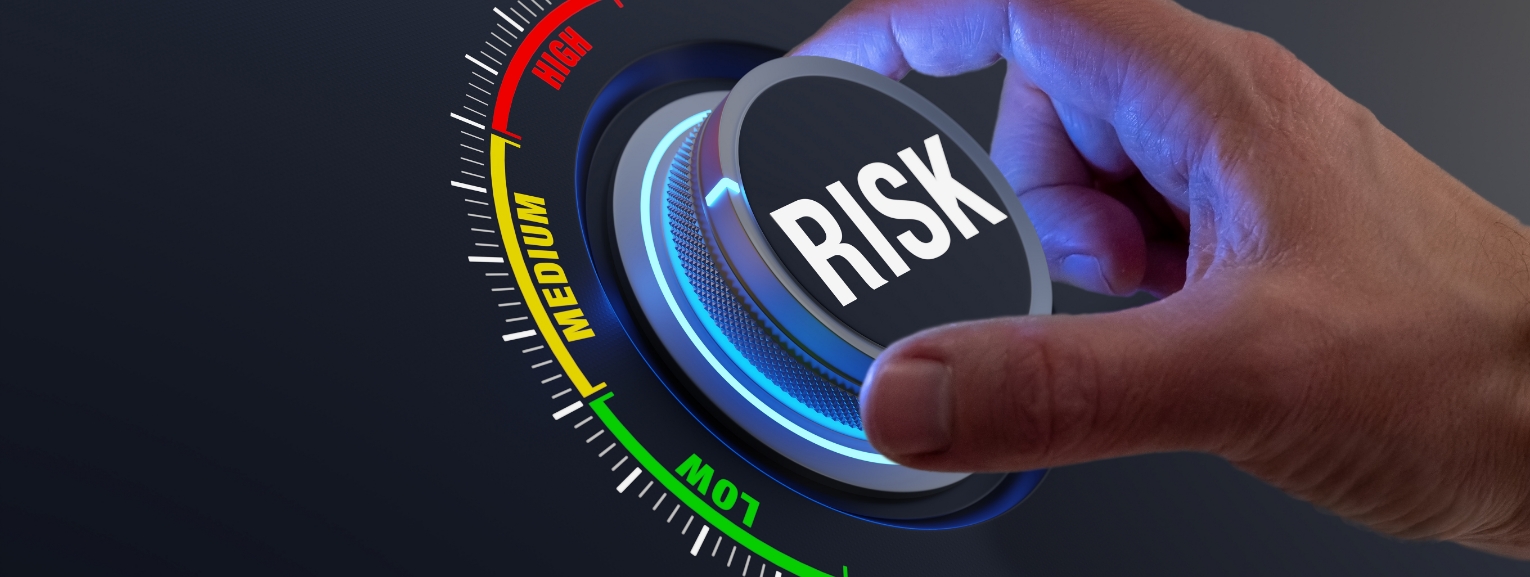
search

In the CDMO industry, 100% of projects encounter unforeseen challenges (risks), which can lead to increased costs, delays in meeting milestones, or changes in the scope of activity. Hence, risk management needs to be seen as a beacon that steers the course correction of projects. As a guiding light, risk management needs to be addressed and embraced throughout the life cycle of a project.
There is an increasing demand for projects to be executed with "agility". By applying agile methods of working, companies can often achieve a 20% to 30% reduction in costs while improving quality and accelerating the delivery of products and services in some cases, by up to 100%.
Agility is all about speed and time to market. To unlock these efficiencies, companies need to modify key risk management practices by developing an agile-specific risk assessment and a continuous-monitoring program.
Various types of risks are commonly encountered in a project, each with its own levels and nuances. These risks include people risk, process risk, technology risk, regulatory risk, supply chain risk, market competition risk, cyber risk, and geographical/geopolitical risk. Addressing and managing these diverse risks are essential for successful project execution.
Pharma companies and their partner CDMOs typically feel that they have identified and mitigated all possible risks that they can encounter in the development and manufacturing of a drug. Project management methodologies include a risk management stream where project managers have a risk log (RAID) for recording risks. But what often happens is that the risks aren't identified and addressed in a substantive way and are frequently not accounted for in the project budget (time, cost, and complexity of coordination between various agencies). In most cases, this is due to inexperience in identifying, addressing and monitoring risks, coupled with, inadequately communicating the true "gravity" of risks and the support needed to mitigate these risks to project stake holders, due to pressure to meet expected budgeted costs or timelines.
Pharma companies and their partner CDMOs should focus on cultivating a mindset of delivering what was promised. To be successful on projects, we need to plan for success, control our performance, and manage risk. There's a direct correlation between success and controls, as well as between project complexity and execution however, not all controls that work in one environment will work in others. As we become risk intelligent, we also need to become control efficient.
The transition involves changes to every part of the organization, requiring senior management to rethink internal processes and commit to a shift toward cross-functional teams. And the benefits may remain elusive if companies neglect risk management and compliance and don't make the necessary changes to support the new ways of working.
The use of data analytics to identify and manage risks, predict project outcomes, and steer course corrections as projects unfold is an emerging project management approach. Key factors include:
Risk Management serves as a strategic tool that not only safeguards the project from potential threats but also enables the project team to capitalize on opportunities that may arise. By effectively managing risks, the project can enhance its chances of success and achieve its objectives more efficiently.
Piramal Pharma Solutions
